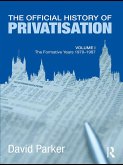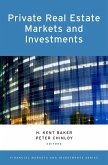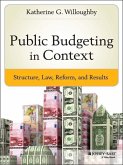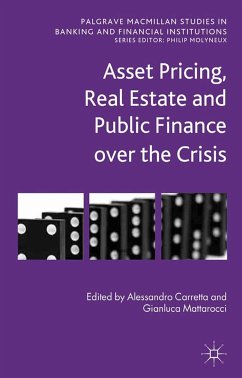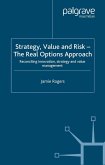This book provides an overview of private real estate markets and investments. The 14 chapters are divided into three sections for conventional and alternative real estate investments and regulatory issues. Conventional investable real assets examined are retail spaces, apartments, offices, and industrial facilities owned by corporate entities. Alternative real estate assets are uniquely and extensively addressed. These include healthcare, both for facilities and the pricing to make it an investable asset; infrastructure contains roads, bridges, and public utilities; and resources are in land, agriculture, oil, and gas. The regulatory section includes appraisal and valuation, brokerage and transaction costs, sustainability, and green buildings. Readers should gain a greater appreciation of what is needed to be successful when investing in private real estate markets. The share of real estate in institutional portfolios has risen above a previous 5% target, as investors avoid the risks of low interest rates. The world's wealth is shifting to emerging markets where real estate is already a dominant asset class and public securities markets are limited. Institutions with long horizons avoid publicly traded markets because they want to capture any premium from illiquidity. Real estate involves local and cultural restrictions on land usage, sustainability and on the regulation of the illiquidity. For information about public real estate, read Public Real Estate Markets and Investments.
Dieser Download kann aus rechtlichen Gründen nur mit Rechnungsadresse in A, B, BG, CY, CZ, D, DK, EW, E, FIN, F, GR, HR, H, IRL, I, LT, L, LR, M, NL, PL, P, R, S, SLO, SK ausgeliefert werden.



